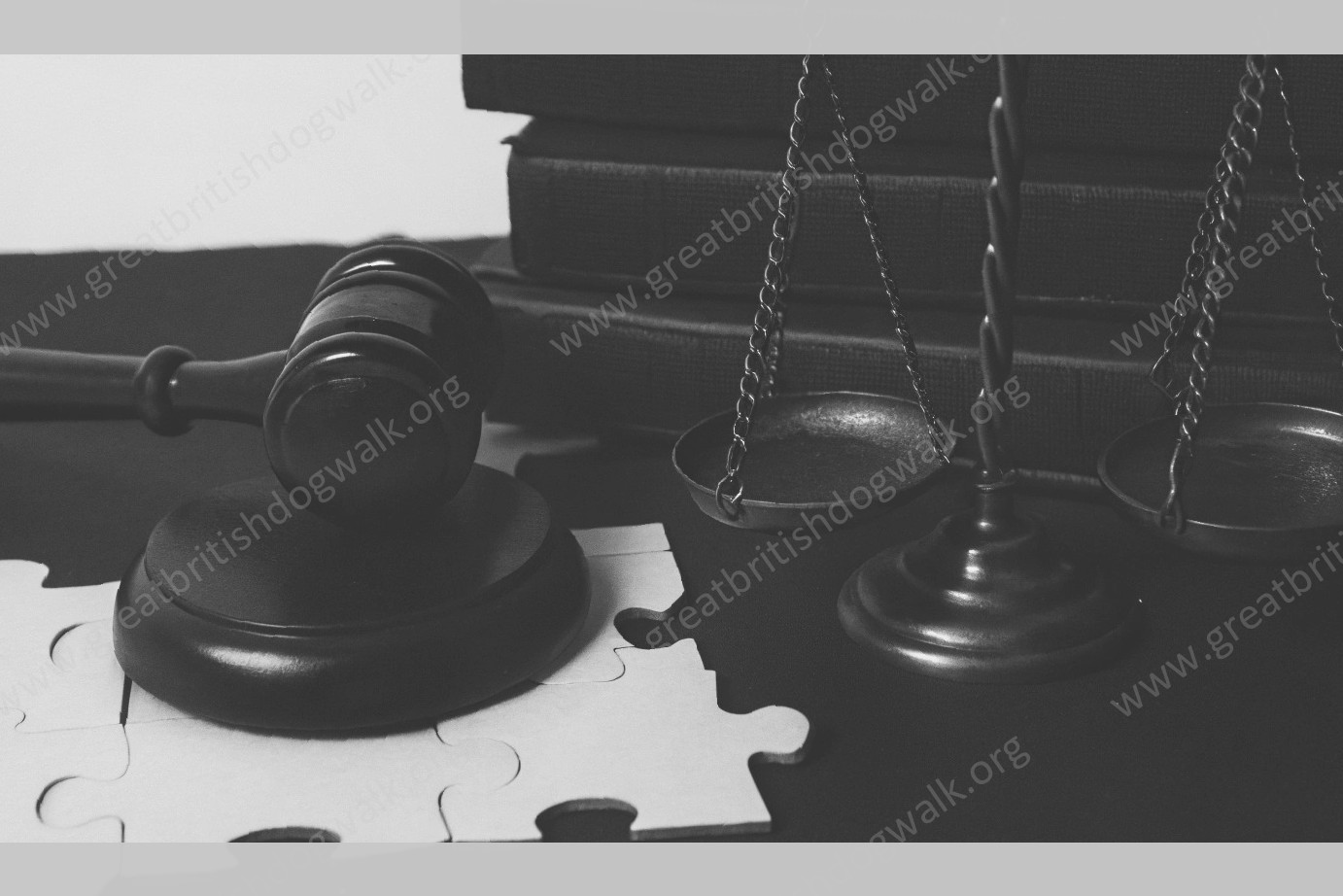Mary Carter Agreement Defined
A Mary Carter Agreement, often referred to simply as a "Mary Carter," is a type of settlement arrangement in which a defendant enters into a deal with one or more plaintiffs while reserving the right to continue litigating against the other defendants. In terms of mechanics, a Mary Carter Agreement allows a targeted defendant to settle the case with one or more plaintiffs while still remaining as a defendant in the case. In exchange for that, the settling defendant usually receives a lower financial payment than would have been received in a global resolution with all defendants in the lawsuit. Because of its close ties to Florida’s "Sister Statute" (the slayer rule), the term "Mary Carter" was born from two related 1963 Florida decisions.
In the first of those decisions – McK. v. Kelly – the Florida Supreme Court allowed a Mary Carter Agreement to exist in order to ensure that all parties were incentivized to pursue the case. In Kelly, the parties entered into the agreement to make the case more likely to survive an appeal by ensuring that the plaintiff was driven to present the strongest possible case against the remaining defendants, regardless of the agreement that had been made between the plaintiff and the settling defendants. The Supreme Court did so because it believed that the parties "confer a substantial public benefit by their efforts to settle differences with reciprocal concessions," and that the public would be unfairly deprived of the benefit if that agreement were reversed on appeal.
In that regard, the Florida Supreme Court also decided that, for a Mary Carter Agreement to exist, the settling defendant must either: In other words , as long as the agreement between the settling defendant and the remaining-defendant(s)/plaintiff(s) does not affect the interests of the remaining defendant(s)/plaintiff(s), then a Mary Carter Agreement will likely be valid within the state.
Similar to its Florida "Sister Statute," a Florida Mary Carter Agreement requires that the agreement be conscientious towards the remaining parties to the litigation. That is to say, all parties must act with good motives and legitimate interests in mind. In keeping with this requirement, the Florida Supreme Court has determined that "incentive agreements" between the parties, so long as they do not contravene any of the requirements stated above, are proper and valid within the Sunshine State. Some courts may require further consistency between the parties, but incentive agreements have been held to be valid and enforceable within Florida, so long as they are properly balanced and do not harm the interests of the judge, jury, or the plaintiff’s attorneys.
In keeping with this requirement, Florida state case law has also determined that disclosures should be made to the trial judge in the event of the creation of a Mary Carter Agreement; failing to provide such notice can be grounds for judgment notwithstanding the verdict. If, however, the Mary Carter Agreement is insufficient to impose the court’s power over other parties, the court may require that a particular trial judge retain control over the litigation (even after the settlement has been reached); this can be done if the court believes that the general power of any judge will allow one party to essentially "bypass" the common law rules of proportionate liability.
Operation of Mary Carter Agreements
In Florida, Mary Carter Agreements are expressly authorized by Fla. Stat. § 768.041(3). That statute provides that "[a] partial release of a joint tortfeasor does not discharge any other tort-feasor from any joint liability for the injury or damage or bar any action by the claimant against any other joint tort-feasor except as provided in this section." Under this statute, porty immunity is preserved only if "a joint tort-feasor is allocated a percentage of responsibility for the total fault of all parties, including non-parties." Fla. Stat. § 768.041(1)-(2). Rather than extinguish the liability of a settling defendant, the statute provides, however, that the pro-rata liability of the settling defendant "shall be excluded from the jury’s casual apportionment of responsibility in the apportionment of responsibility phase of the trial." Fla. Stat. § 768.041(3). The settling parties are to provide the jury a written stipulation dividing the liabilities, which holds the settling defendant harmless in the allocation of responsibility among the non-settling defendants. Fla. Stat. § 768.041(3)(b).
Florida, unlike other jurisdictions, such as California and Ohio, does not require, as a prerequisite to its admissibility, that a Mary Carter Agreement be in writing. The seminal Florida case on Mary Carter Agreements, Tidmore v. Flemings, 765 So. 2d 878, 879-80 (Fla. 5th DCA 2000), only stated that the "terms of the settlement agreement must be disclosed to the jury to permit an allocation of settlement proceeds among releasees." Tidmore summarized its holding regarding Mary Carter Agreements to be that "it is not necessary to have both a fixed amount and percentage of consideration to fall within accepted definition of a Mary Carter Agreement. Any agreement to participate in losses based on allocation or apportionment construed to insulate the settling tortfeasor from potentially lessening liability of other tortfeasors in a ‘contractual release or exculpation,’ falls within the spirit of ‘Mary Carter Agreements.’" 765 So. 2d at 883 (citing Gen. Motors Corp. v. Sanchez, 769 So. 2d 945 (Fla. 2000)). Tidmore has been followed in several cases involving Mary Carter Agreements, including Nowecki v. State Farm Fla. Ins. Co., 797 So. 2d 42 (Fla. 2nd DCA 2001); Nova Franklin Bldg. Corp. v. Benderson Realty, Inc., 894 So. 2d 934 (Fla. 4th DCA 2005); and Modisch v. Home Depot U.S.A., Inc., 784 So. 2d 484 (Fla. 1st DCA 2001).
The Florida Supreme Court decided in Sanchez v. General Motors Corporation, 769 So. 2d 945 (Fla. 2000) that Mary Carter Agreements violate Florida’s constitutional right to trial by jury. Sanchez further provides that a "settlement agreement that is only partially contingent upon the final outcome of the plaintiff’s case before the jury is a Mary Carter Agreement." Id. at 948. New Hampshire D.I.M. Corp. v. Commercial Union Ins. Co., 793 So. 2d 1023, 1025 (Fla. 4th DCA 2001)("A ‘Mary Carter Agreement’ was explained by the Florida Supreme Court in Sanchez v. General Motors Corp., 769 So. 2d 945 (Fla. 2000), to be an agreement ‘which provides a settling defendant with either a fixed or contingent liability to plaintiff, with the settling party retaining the right to recover from the non-settling defendant(s) the entire amount of the plaintiff’s damages.’"); Nowecki v. State Farm Fla. Ins. Co., 797 2d 42, 48 (Fla. 2nd DCA 2001) (noting that Sanchez "held that a ‘Mary Carter agreement’ violates the constitutional right to trial by jury."); Jones v. Prison Health Servs., 410 F. Supp. 2d 1107, 1120 (S.D. Fla. 2006)("’Mary Carter agreements’ are generally prohibited in Florida, and are routinely subject to judicial scrutiny under both state common law and statute.").
Pros and Cons
For plaintiffs pursuing damages, Mary Carter contracts provide the benefit of added resources and a reduced risk of losing the case altogether, even when a partial defendant appears. Therefore, these agreements lessen legal vulnerabilities for the plaintiff. For partial defendants, a Mary Carter agreement can mean lower costs, as well as immunity from some of the financial risk associated with ongoing litigation. Since the continuing costs of litigation will fall to the plaintiff, the defendant can incur lower settlement expenses while experiencing a decreased risk of bearing a major share of legal costs. For defendants that are still involved in the case, however, a Mary Carter agreement can impact the litigation by favoring the plaintiff over the continuing codefendants. Such impacts include: A major consequence of a Mary Carter agreement for full or partial defendants is the potential for a new coalition to form between the plaintiff and one of the defendants. This sense of solidarity, in which two of the parties are considered into a new, single entity, can spark a divide between the litigants that is hard to overcome. Plaintiffs should also be aware of any potential restrictions on their ability to settle with other parties to the contract. In general, for cases filed in Florida, plaintiffs cannot enter into an agreement with one party without obtaining a written waiver of the pending trial from the other parties to the agreement; without this waiver, the Mary Carter contract would not be viable.
Case Law Examples from Florida
The Florida Supreme Court has dealt with the enforceability of Mary Carter Agreements for a long time. In 1976, the court upheld the enforceability of such an agreement and established factors a plaintiff must show in order to establish a Mary Carter Agreement. See Coastal Distributing Co. v. Jackson Grain Co., 338 So. 2d 556 (Fla. 1976). A central tenet supporting the approval of these agreements is the recognition that the settlement right does not violate public policy because the defendant’s "primary motive is to get rid of a lawsuit quickly and easily, at a low cost and with a minimum of risk." The court in Coastal Distributing Co. rejected the argument that the agreements are against public policy because the essential nature of the agreement is a conflict with the concept of one plaintiff versus one defendant. The court noted that "[t]he core of the agreement is nothing more than an arrangement to remove an insolvent party from litigation in order to allow a swift resolution of the controversy between the solvent parties involved . " Id. at 610.
The legislature ultimately limited the ability to enter into "Mary Carter" agreements with the passage of F.S. 768.041. See Murphy v. Int’l Robotic Sys., Inc., 766 So. 2d 1010 (Fla. 2000) ("We nevertheless hold that Mary Carter agreements, as modified and limited by the Legislature in section 768.041, are valid in Florida.") Section 768.041 specifically concerns the sale or assignment of claims where the plaintiff has agreed to share in the costs of litigation, including attorney’s fees and expenses.
Florida courts generally do not find an equitable basis on which a Mary Carter Agreement can be found to be void. For instance, in cases where there is no benefit conferred, it may be found that an equitable basis for the enforcement of Mary Carter does not exist. See St. Richard Country Club, Inc. v. Murray, 539 So. 2d 511, 513 (Fla. 5th DCA 1988) (no benefit if no damages).
Criticism and Controversy
Florida’s Eastern District requires attorneys to bring to the court’s attention any Mary Carter Agreement with plaintiff prior to trial (Doc. 52, 11/23/09; Doc. 138, 12/17/10), and Florida’s Fourth District Court of Appeals has noted that such Agreements are enforceable. However, such agreements have received criticism from courts and commentators on various bases.
Some commentators maintain that Mary Carter agreements, by their structure, have the effect of encouraging collusion and fraud. The theory is that they reduce incentives for both the plaintiff and the defendants to obtain a just resolution. In other words, because a defendant knows that its liability will be capped, it may settle for less than it otherwise would have, even if its conduct was egregious. And, worse, a plaintiff can extort a larger settlement from the non-settling defendants because the settling defendant’s liability is capped.
Unfortunately, not all commentators agree on the probability or extent of collusion. One commentator suggests that the likelihood of collusion is highly overstated and argues that the incentives to collude are reduced because of the substantial upfront payment by the settling defendant for the plaintiff’s agreement to give the settling defendant a "Covenant Not to Sue" and because such agreements are generally confidential.
Some commentators have questioned whether Mary Carter Agreements violate the Florida Rules for Professional Conduct. Some commentators have noted that the Rule that prohibits a lawyer from making an agreement, in a civil matter, initiating or participating in structuring a settlement called Mary Carter that has the effect of concealing the true nature of the settlement (Rule 4-8.4(c)). Other commentators have argued that Rules do not prohibit grouping Mary Carter Agreements in a list of so-called "prohibited agreements" to "structure a trial" because "no rule of ethics or precedent places Mary Carter agreements in the category of prohibited agreements."
The intent and impact of the Agreements have also been criticized. Some critics have noted that Mary Carter Agreements seek to resolve disputes between co-defendants outside the adjudicative process. Although such resolutions may remove co-defendants from subsequent litigation, they can result in the dismissal of meritorious claims against additional parties who do not have the financial resources necessary to settle their liability. Thus, such agreements not only defeat the rights of the plaintiff but also any other tortfeasors who would otherwise be liable.
Other critics have observed that Mary Carter Agreements are not equitable unless they contain provisions that protect the interests of co-defendants. Otherwise, Mary Carter Agreements are inequitable because, by their structure, Mary Carter Agreements make the non-settling defendants liable for more than their share of liability. Specifically, critics contend that while Mary Carter agreements reduce the risk of exposure to the settling tortfeasor, such agreements increase the risk of exposure to the non-settling parties by require the non-settling parties to be liable for the proportion of liability that the settling defendant would otherwise have been liable. As such, it has been argued that a co-defendant’s incentive to settle is undercut by Mary Carter Agreements, with the result that the tortfeasor who is most likely to have been subject to excessive liability is the one with the greatest incentive to settle.
Outlook for Mary Carter Agreements
The future of Mary Carter Agreements in Florida remains uncertain as the trend indicates a steady decrease in the use of such arrangements. While they have not been formally banned, recent court decisions and changes in the law have made them less attractive for plaintiffs and less favorable for defendants. Some courts have held that the traditional Mary Carter Agreements are unenforceable because they violate public policy. In 2011, the Fourth District Court of Appeal in the case of Aitken v. Reiter, left open the question as to whether the Mary Carter Agreement at issue violated public policy under the Florida share the blame statute. Conversely, in 2018, the Fourth District in Allstate Ins . Co. v. Weinberg, upheld a Mary Carter Agreement finding that such an agreement was permissible when all parties were sophisticated, represented by counsel, and the resulting settlement did not prejudicially affect the interests of the non-settling parties. Trial judges have discretion regarding the enforceability of Mary Carter Agreements and there is currently no definitive rule of law or trend regarding the enforceability of such agreements in Florida. Despite this lack of consensus, insurance companies, defense firms, and corporate counsel should review their business strategies moving forward in light of the most recent cases and legislation.



